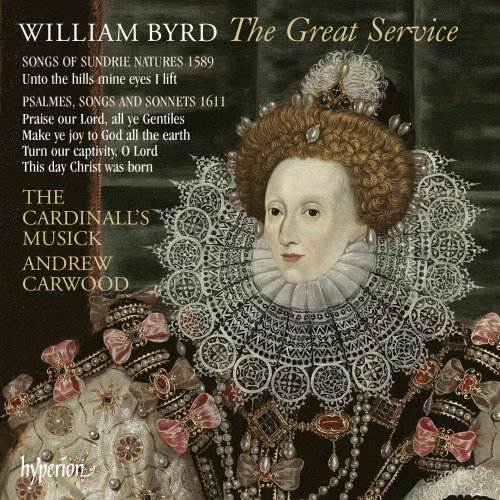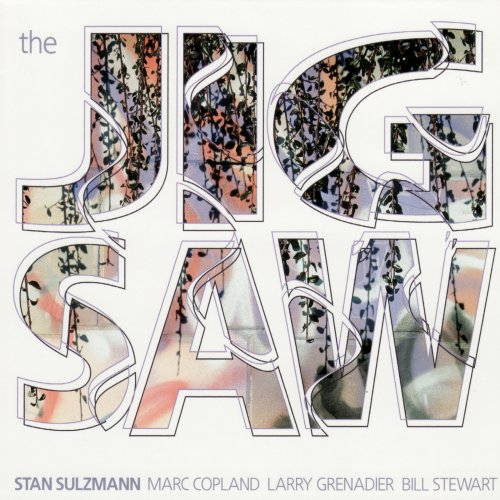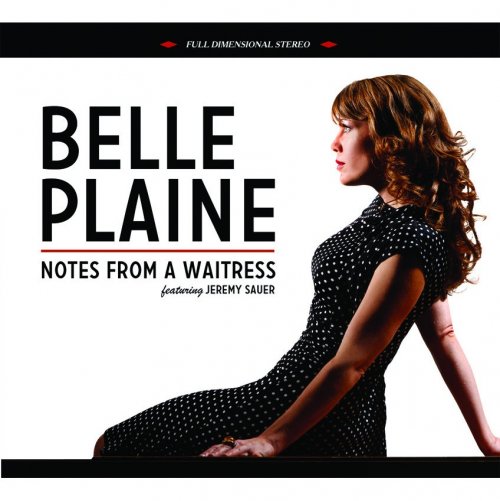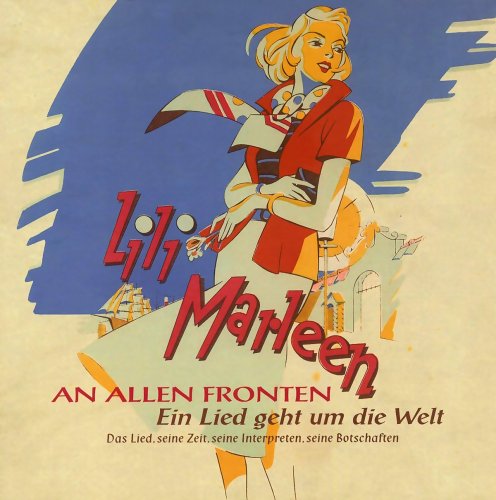The Cardinall's Musick & Andrew Carwood - Byrd: The Great Service (2012) [Hi-Res]

Artist: The Cardinall's Musick, Andrew Carwood
Title: Byrd: The Great Service
Year Of Release: 2012
Label: Hyperion – CDA67937
Genre: Classical
Quality: FLAC (tracks+.cue, log, scans) / 24bit-44.1kHz FLAC (tracks+booklet)
Total Time: 59:08
Total Size: 355 / 565 MB
WebSite: Album Preview
Tracklist:Title: Byrd: The Great Service
Year Of Release: 2012
Label: Hyperion – CDA67937
Genre: Classical
Quality: FLAC (tracks+.cue, log, scans) / 24bit-44.1kHz FLAC (tracks+booklet)
Total Time: 59:08
Total Size: 355 / 565 MB
WebSite: Album Preview
1. The Great Service: Venite (5:02)
2. The Great Service: Te Deum (8:35)
3. The Great Service: Benedictus (8:53)
4. The Great Service: Kyrie (1:12)
5. The Great Service: Creed (5:07)
6. The Great Service: Magnificat (8:59)
7. The Great Service: Nunc dimittis (5:08)
8. Praise our Lord, all ye Gentiles (2:47)
9. Unto the hills mine eyes I lift (4:06)
10. Make ye joy to God all the earth (2:28)
11. Turn our captivity, O Lord (4:26)
12. This day Christ was born (2:33)
‘Recordings by Cardinall’s Musick of William Byrd’s work have been a landmark worthy of one of England’s greatest masters’ (The Guardian)
The Cardinall’s Musick are acknowledged as the foremost performers of Byrd’s music. Under their director Andrew Carwood they have recorded the complete Latin church music, the final volume of which won the Gramophone Record of the Year. Now they turn to Byrd’s English church music, a genre which shows the composer treading a path between his own innate Catholicism and the requirements of the reformed Church of England. But far from sublimating Byrd’s genius this difficult situation gave rise to one of his most fertile periods.
The Great Service was described as ‘the finest unaccompanied setting of the Service in the entire repertory of English church music’ upon its discovery in 1922. Written for ten voices, it is gorgeously lavish and grand—very different to the simple, unmelismatic style demanded by the Anglican clerics. Byrd did not publish it in his lifetime.
Also recorded here are five beautiful English settings on sacred themes, but probably written for performance in the home. They are masterpieces in miniature: each work is so distinctive and demonstrates Byrd’s genius for word-painting, his typically Elizabethan wit and of course his imaginative handling of polyphony.
The Cardinall’s Musick are acknowledged as the foremost performers of Byrd’s music. Under their director Andrew Carwood they have recorded the complete Latin church music, the final volume of which won the Gramophone Record of the Year. Now they turn to Byrd’s English church music, a genre which shows the composer treading a path between his own innate Catholicism and the requirements of the reformed Church of England. But far from sublimating Byrd’s genius this difficult situation gave rise to one of his most fertile periods.
The Great Service was described as ‘the finest unaccompanied setting of the Service in the entire repertory of English church music’ upon its discovery in 1922. Written for ten voices, it is gorgeously lavish and grand—very different to the simple, unmelismatic style demanded by the Anglican clerics. Byrd did not publish it in his lifetime.
Also recorded here are five beautiful English settings on sacred themes, but probably written for performance in the home. They are masterpieces in miniature: each work is so distinctive and demonstrates Byrd’s genius for word-painting, his typically Elizabethan wit and of course his imaginative handling of polyphony.





![Dorothy Donegan - World Recording Sessions 1944/45 (Mono Remastered) (2025) [Hi-Res] Dorothy Donegan - World Recording Sessions 1944/45 (Mono Remastered) (2025) [Hi-Res]](https://www.dibpic.com/uploads/posts/2025-12/1766499237_folder.jpg)


